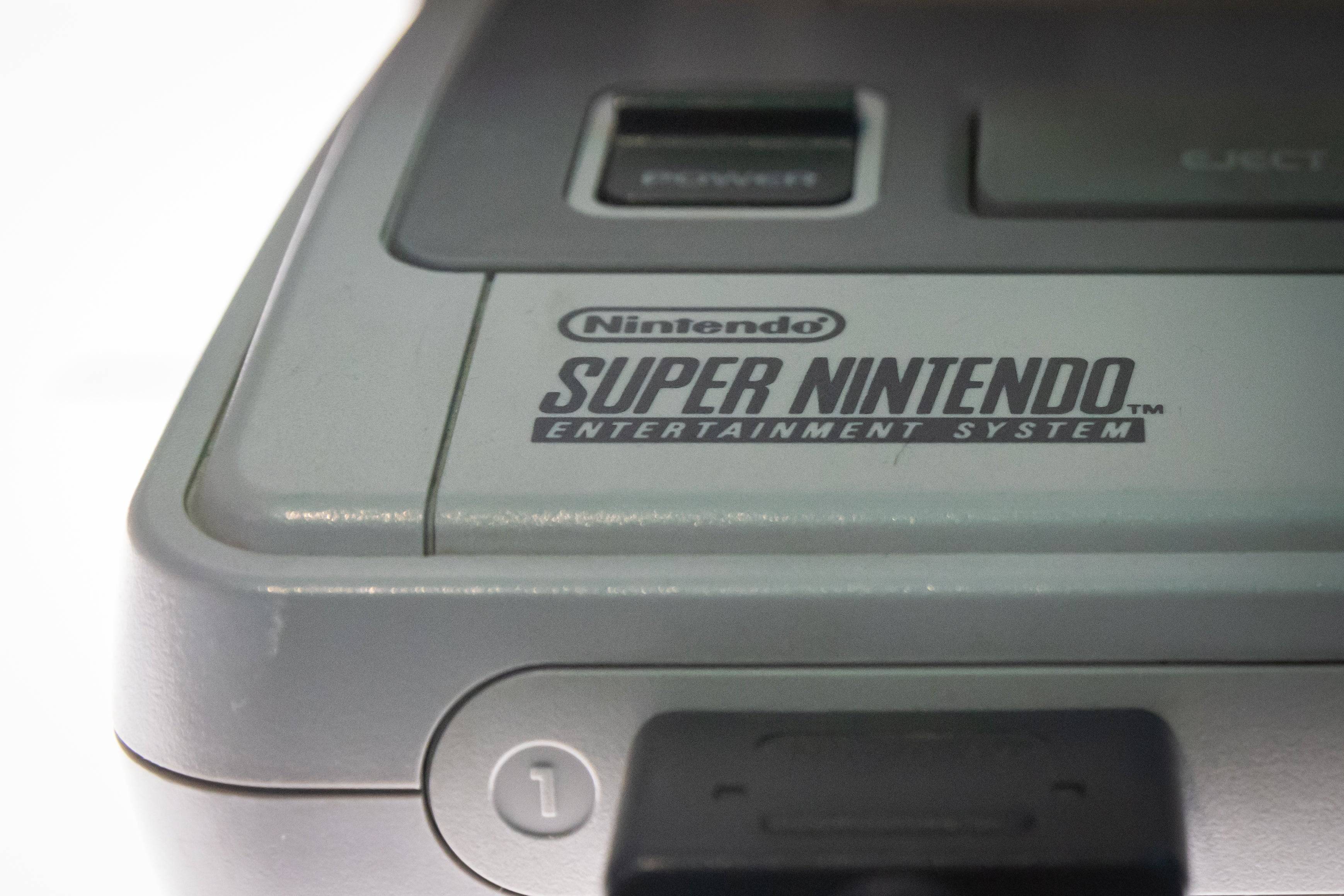SNES Speedrunners Puzzled by Discovery of Increased Speed with Age
- By Harper
- Apr 20,2025
The speedrunning community is buzzing with discussions about a peculiar technological phenomenon that seems to be making the Super Nintendo Entertainment System (SNES) run games faster as it ages. In early February, Alan Cecil, a user on Bluesky known as @tas.bot, sparked interest by suggesting that the iconic console is performing slightly better now than when it was brand new in the 1990s. This theory implies that the nearly 50 million SNES units sold could be delivering enhanced gameplay in titles like Super Mario World, Super Metroid, and Star Fox, rather than deteriorating over time.
The notion that a video game console could improve its performance as it ages might sound far-fetched, but Cecil's research points to a specific component that might be the key to this unexpected behavior.
The Fastest Thing Alive
In an interview with 404 Media, Cecil explained that official Nintendo specifications state the SNES's audio processing unit (APU) SPC700 operates at a digital signal processing (DSP) rate of 32,000Hz, controlled by a ceramic resonator running at 24.576MHz. However, enthusiasts have noticed that these specs aren't always accurate. Recordings over the years have shown that the DSP rate can vary based on environmental factors like temperature, which affects how the console processes audio and communicates with the CPU, subtly influencing game speed.

The intriguing aspect is how this rate has evolved over the past 34 years. Cecil asked SNES owners to record data from their consoles and found a trend toward higher DSP rates in recent times. Data from 2007 showed an average DSP rate of 32,040Hz, but Cecil's latest findings suggest an increase to 32,076Hz. Although temperature variations do influence these rates, they alone cannot account for the observed changes. It appears that the SNES is processing audio faster as time progresses.
"Based on 143 responses, the SNES DSP rate averages 32,076Hz, rising 8Hz from cold to warm," Cecil noted in a follow-up Bluesky post that included a layout of the data. "Warm DSP rates go from 31,965 to 32,182Hz, a 217Hz range. Therefore, temperature is less significant. Why? How does it affect games? We do not know. Yet."
Any%
Cecil acknowledges that while the findings are intriguing, further research is essential to understand how much faster the SNES is processing game audio and what the underlying cause might be. Historical data on console performance from the first decade is scarce, but for now, Nintendo's second major home console seems to be aging gracefully as it approaches its 35th anniversary.
The idea of a gaming console speeding up games over time has stirred the speedrunning community. A faster SPC700 could theoretically shorten load times in specific game sections. If audio processing in 2025 is quicker than in a 1990 speedrun, it could challenge decades of leaderboard rankings. However, the impact on a game like Super Mario World isn't straightforward.
Nintendo Consoles
It's important to note that APU speeds don't directly translate to visual game speed. Even under the most extreme conditions suggested by these findings, the impact might be less than one second in an average speedrun. The extent to which different games might benefit from these changes remains uncertain, and the speedrunning community's research is still in its early stages. As more experiments are conducted, the general consensus is that players have little to worry about.
While Cecil delves deeper into what makes the SNES tick, the console continues to perform robustly into its 30s. For more insights on the SNES, you can check out the list of best-selling consoles of all time.






